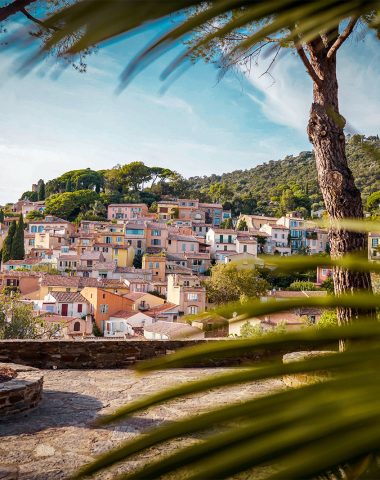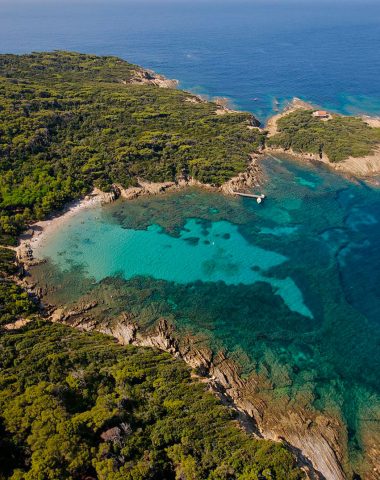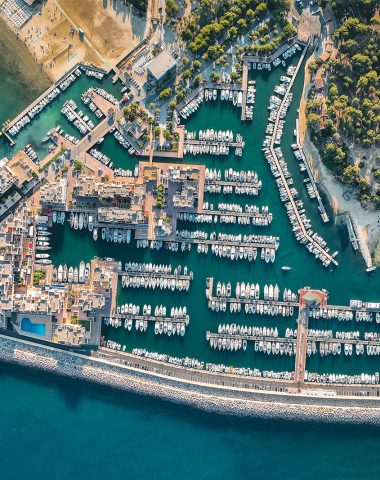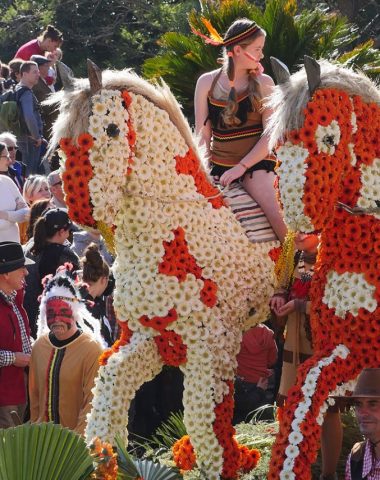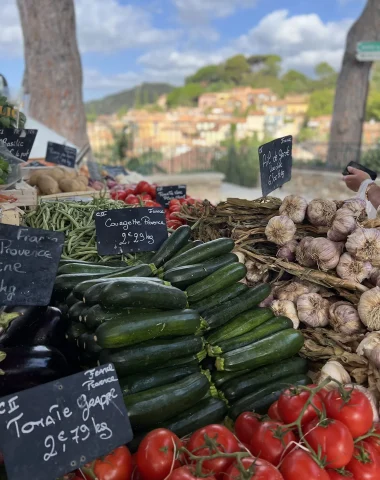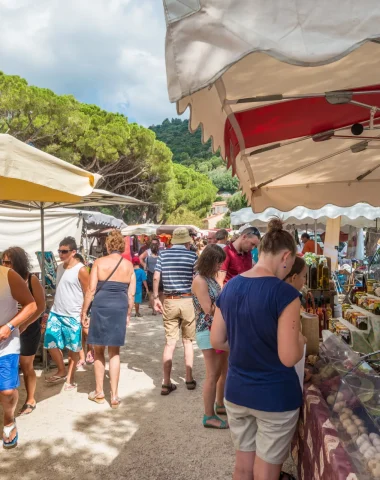Embark on a captivating journey along the Chemin des Sages, a project born from a visionary gathering of the Conseil des Sages, composed of wise individuals aged 60 and above, carefully chosen by local councilors for their wealth of experience. Inspired by the core principles of our Republican motto “Liberté, Égalité, Fraternité,” the council sought to breathe life into these ideals in the town of Bormes.
The Concept Takes Flight
A groundbreaking idea emerged during the council’s meeting—to adorn the town with phrases from renowned men and women, celebrated worldwide for their wisdom and humanism. The goal was to ignite the conscience of both passers-by and tourists, fostering a deeper connection with these universal values. To gain the support of the Mayor and the Council, the decision was made to integrate this pathway with the installation of historical plaques on the town’s iconic monuments. The members of the Conseil des Sages then meticulously designed the route through the medieval village and dedicated themselves to creating the perfect support, texts, images, and symbols for these plaques.

The butterfly, symbolizing joy, beauty, grace, and lightness of being, was chosen as the emblem of the project. Its transformative journey mirrors the essence of personal growth and rebirth. Just like the butterfly, we too experience different stages in life—a profound metamorphosis that allows us to release our past and embrace the beauty of who we’ve become. Symbolizing wisdom, the butterfly becomes a boundless source of inspiration. Beneath its delicate exterior lies an unwavering strength. Despite its ephemeral lifespan of a few days or weeks, the butterfly brings joy and exuberance through its graceful flight, fully savoring every moment that nature presents. Let us, like the butterfly, fearlessly embrace the experiences life offers us, both good and bad, knowing that they are fleeting. After all, our past experiences provide the best preparation for the future, allowing us to tread life’s paths with serenity
Biography of Mother Teresa
Missionary of charity, a life dedicated to the poor and sick, Nobel Peace Prize winner.
Mother Teresa, also known as Saint Teresa of Calcutta, was a renowned missionary of charity whose life was dedicated to serving the poor and sick. Born Agnes Gonxha Bojaxhiu on August 26, 1910, in Skopje, a city in present-day North Macedonia, she felt a calling to devote herself to God from a young age.

At the age of eighteen, Agnes joined the Institute of the Sisters of Loreto in Ireland in 1928. A year later, she was sent to Calcutta, India. After completing her novitiate in 1931, she took the name Teresa and began teaching geography at St. Mary’s School in Calcutta. However, in 1944, she received a strong call to serve the poor in the slums, and in 1946, with the support of the Archbishop of Calcutta, she obtained permission from Pope Pius XII to leave the Sisters of Loreto.
In 1948, Mother Teresa’s life took a significant turn. She settled in a Calcutta slum called Taltola with a small group of nuns who had joined her and founded the Missionaries of Charity. This foundation, officially established in the diocese of Calcutta in 1950, aimed to provide care and support for the poor, sick, abandoned, and dying. Mother Teresa dedicated over 40 years of her life to this mission, establishing missions and homes across the world. The Missionaries of Charity expanded to have 517 missions in over 100 countries, with nearly 4,000 sisters.
Mother Teresa’s work and dedication earned her numerous awards, including the Pope John XXIII Peace Prize in 1971 and the Nobel Peace Prize in 1979. She used her global recognition to draw attention to important moral and social issues. Despite her immense impact and achievements, Mother Teresa privately experienced a profound spiritual trial known as the “night of faith.” She struggled with doubt about the existence of God, a torment she kept hidden behind her peaceful public demeanor.
Mother Teresa’s health declined in the 1990s, and she stepped down from her leadership role in March 1997 due to a heart attack, malaria, and cardiac arrest. She passed away at the age of 87 on September 5, 1997, in her convent in Calcutta. Her death prompted a day of national mourning in India, and she was given a state funeral. Her funeral brought together people of various faiths to honor her legacy.
Mother Teresa’s remarkable contributions to humanity led to her beatification on October 19, 2003, by Pope John Paul II and her canonization on September 4, 2016, by Pope Francis. Her life and work continue to inspire and serve as an example of selfless compassion and service to others.
Saint-Trophyme church
The Saint-Trophyme Church in Bormes-les-Mimosas, France, has a rich history that dates back to the 18th century. The original church in the village had become inadequate, prompting the town council to decide on the construction of a new church in the Romanesque style. Construction began in 1775 and lasted for seven and a half years.
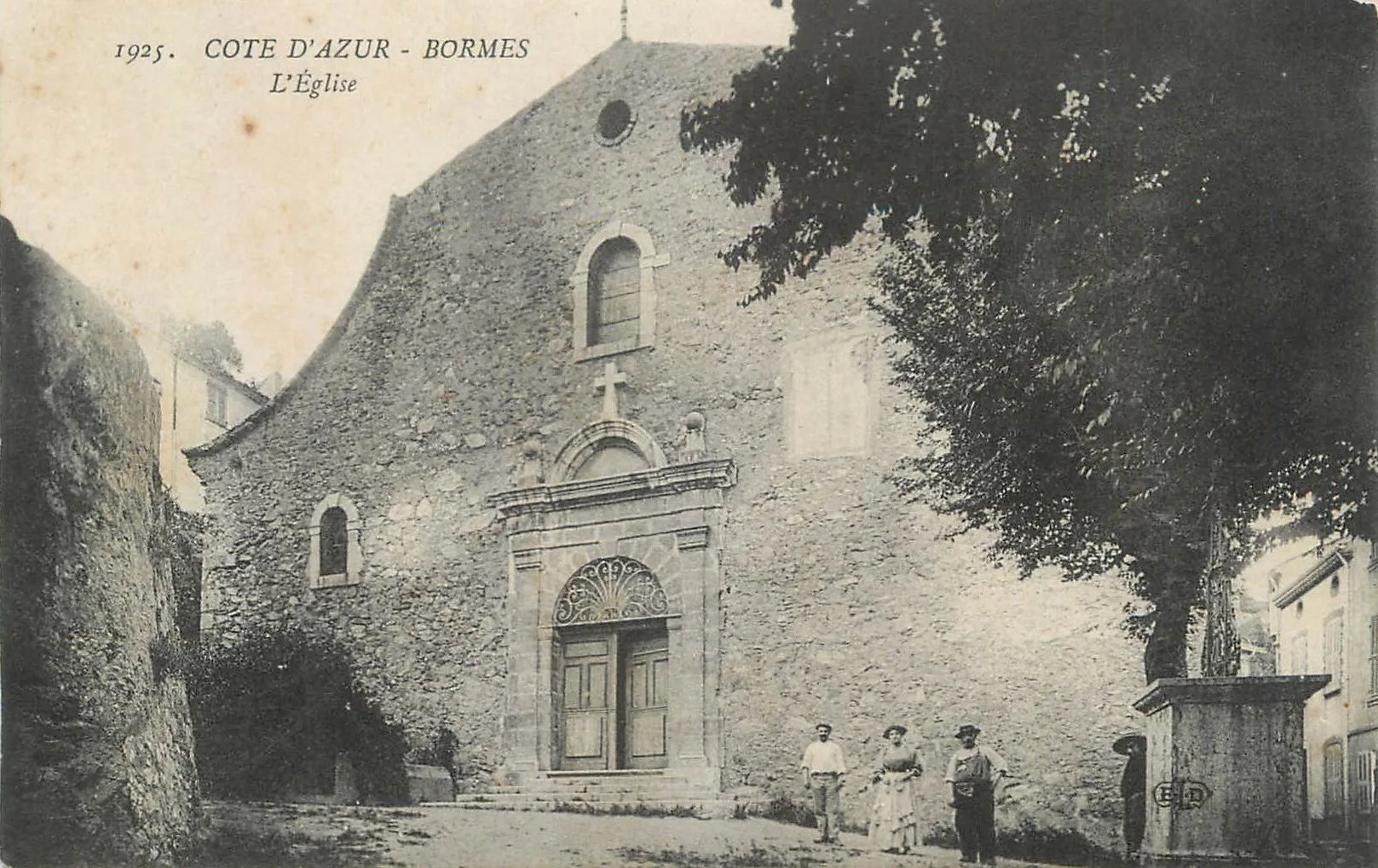
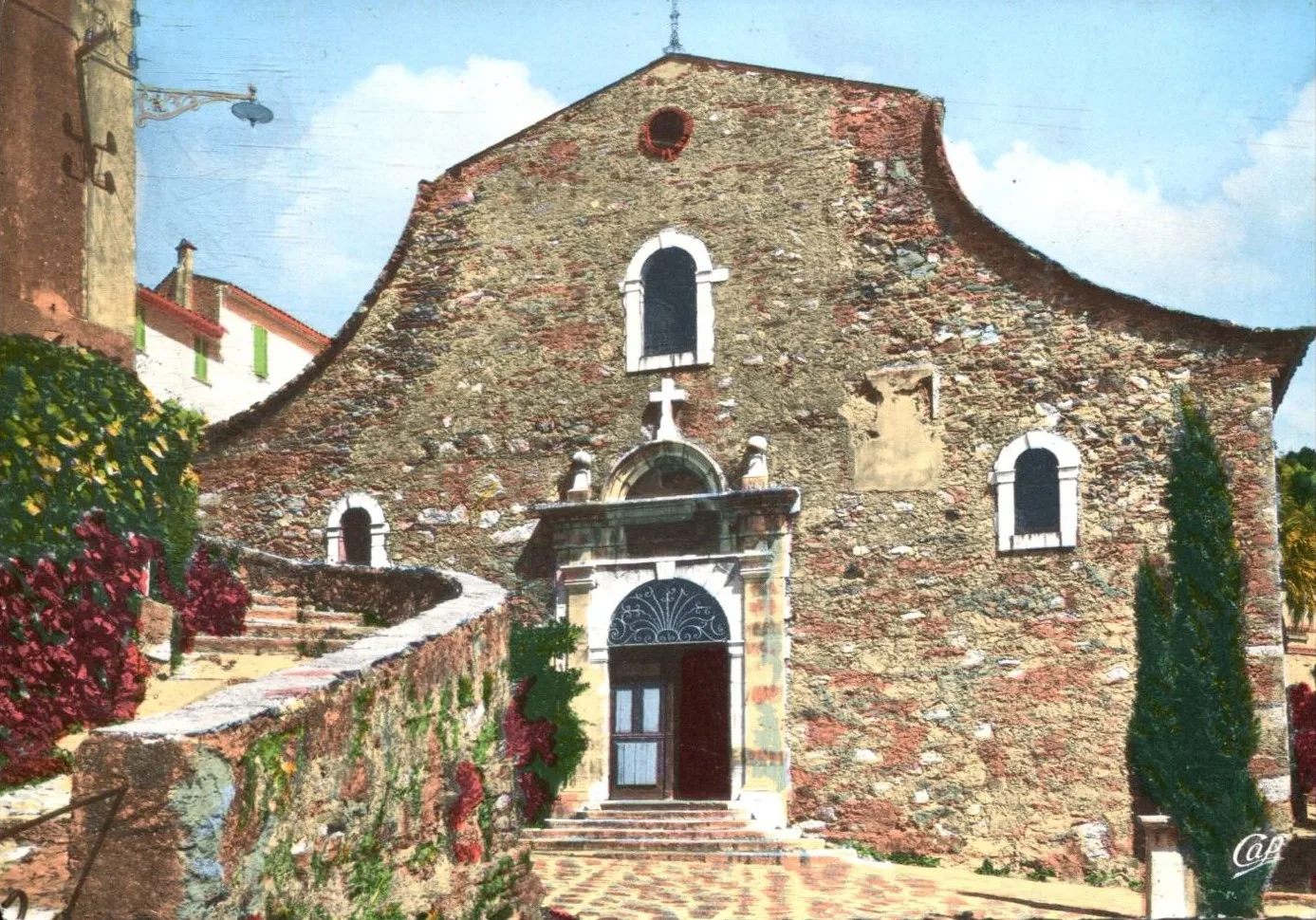
During the construction period, parish services were temporarily held in the chapel of Saint-François de Paule. The new church was designed to accommodate up to 1,600 worshippers and featured towers, walls, and an altar. It replaced a smaller Romanesque church located inside the castle of the Lords of Fos at the top of the village.
During the French Revolution in 1794, the church was transformed into a “Temple of Reason” and stripped of its religious elements. However, it was later restored to its original purpose as a place of worship. In more recent history, the Fort de Brégançon, which became the official residence of French presidents in 1968, attracted visits from President Georges Pompidou, who was a regular visitor to the Saint-Trophyme Church.
In recognition of its historical significance, the church was listed as a historic monument in 1973. The sundial, located on the church grounds, was restored with the support of President Pompidou. Over the years, various restoration efforts were undertaken, including the renovation of the interior Stations of the Cross in 1980 and the complete restoration of the church by the “Sauvegarde du vieux Bormes” association. These restoration projects revealed hidden frescoes, including one depicting “God the Father blessing.”
Outside the church, there is a forecourt cross adorned with symbols representing Christ’s Passion and Martyrdom. Two cypress trees, planted by Georges Henri Pescadère and Claude Novarro, both Resistance fighters and concentration camp survivors, surround the cross, adding to the historical and symbolic significance of the church and its surroundings.

To experience the full splendor of the Chemin des Sages and delve deeper into the fascinating stories that unfold along this path, we invite you to explore the Baludik app.
Scan the QR code and embark on an interactive journey filled with games, surprises, and a deeper connection to the rich heritage of Bormes.


